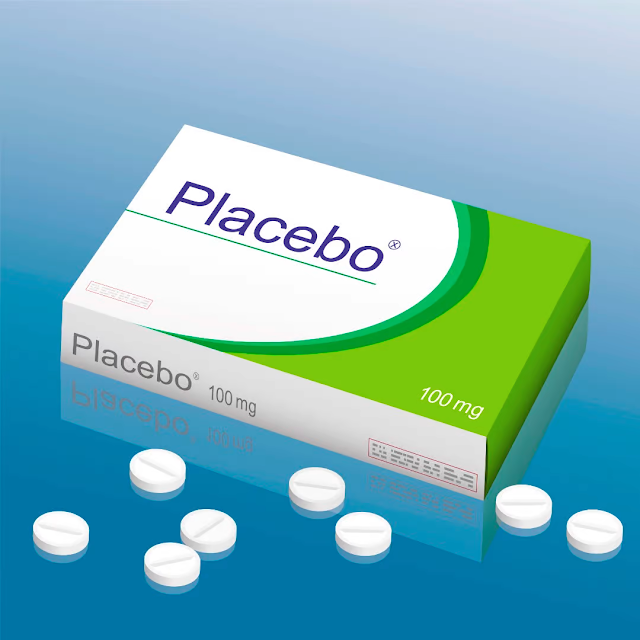Phytic Acid: Another Reason Not to Eat Plants!
By Kim Marquardt, RN MSN
This blog post is from the Nurse Kim archives of myth busting. I want to share some "alternative" or maybe just lesser known health and wellness viewpoints for you to chew on.
*These posts are not intended as official medical advice.
They ARE meant to be fun, informative, and thought provoking, hopefully sparking an interest for you to do your own research (you can start with the links I provide!) and discover the marvels of the human body, and how it can function at its optimal performance level if we understand how it works and interacts with our environment and our diet.
I have a passion for health and wellness through lifestyle and nutrition and have done thousands of hours of research in addition to being a registered nurse for 23 years. I have done A LOT of self-experimentation in and around diet, lifestyle, body care, and supplementation and have spent a lot of time looking into the science behind it all (or lack thereof!). Check back weekly for the latest post!
-----
You all may or may not remember my post last semester about not
eating a lot of plant foods. If you didn’t get a chance to check it out, you
should.
Today we are going to take a minute or two and talk about
the anti-nutrient phytic
acid, just one of the many defense chemicals plants make to
discourage us from eating them, and one of the many reasons I don’t
prioritize plants, i.e., vegetables, (different from fruit), in my diet.
Phytic Acid
Phytic acid is found in the highest concentrations in nuts,
seeds, beans, and grains... some pretty staple elements in the standard
American diet I’d say, and certainly plant foods that people generally think
they should be eating more of rather than less of.
Phytic acid is a mineral binder, in other words, the
molecule binds with minerals in your digestive tract to include Calcium,
Magnesium, Iron, Zinc, Chromium, and Manganese, and blocks the body’s ability
to absorb them.
This is mainstream
info by the way, nothing from “woo woo” sources being shared in the links
here.
Nutrient Deficiencies
Some “experts” will tell you that it’s not really a problem,
because it only affects the current meal’s nutrient absorption, and only
becomes a problem if someone is already nutrient deficient. Well, how
many Americans are nutrient deficient? So glad you asked.
Let’s see, the NHANES National Nutrition Survey results show that:
- 93% of Americans have inadequate dietary intake of vitamin E
- 44% of Americans have inadequate dietary intake of vitamin A
- 31% of Americans have inadequate dietary intake of vitamin C
- 56% of Americans have inadequate dietary intake of magnesium
- 66% of Americans have inadequate dietary intake of vitamin D and calcium
- Inadequate intake of vitamin B6 for females over 50
- Inadequate intake of zinc for individuals over 70 and females 14–18
- Vitamin K and potassium may also be of concern
Are we done yet? Did we miss any vitamins?
So, anyone telling you that phytic acid is not a problem
because we are all just swimming in nutrients and have adequate levels knows
about zilcho about nutrition, specifically, how NOT nutritious the
standard American diet is.
"Fortified"
Side tangent: You know that processed cardboard, I mean
food, on the shelf at the grocery store that says “fortified” (usually bread,
cereal, pasta, etc.)?
Translation: Devoid of actual nutrients so we added a
bunch of artificial ones that the body is not great at absorbing as evidenced
by the massive amount of nutrient deficiencies in the US. Thanks
for your participation in making our companies rich. ----Love, Big Food
What to do?
So, what is the moral of this story? Well… we need to look a
little (or a lot) closer at what we prioritize in our diet and dig a little
deeper into understanding nutrients and ANTI-NUTRIENTS (a whole post of its
own because there are A LOT more than just phytic acid!).
And as always, what would a post be without my official dietary advice?
Eat REAL food, you know, the stuff that doesn’t require an
ingredient label, AND prioritize bioavailable (stuff the body can actually
absorb and use) nutrient dense foods like meat, eggs, fish (even canned),
fruit, honey, and whole fat or raw dairy... and maybe back down on the plant
foods that block mineral absorption.




Comments
Post a Comment